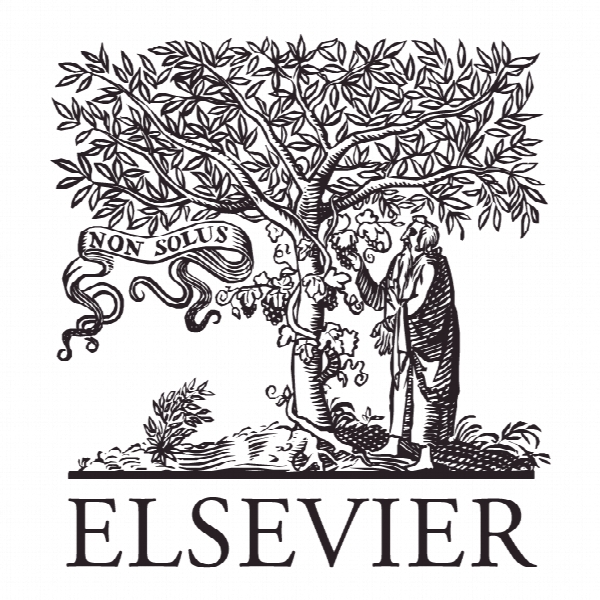فعالیت های لجستیک معکوس در سه شرکت صنعت فرایند Reverse logistics activities in three companies of the process industry
- نوع فایل : کتاب
- زبان : انگلیسی
- ناشر : Elsevier
- چاپ و سال / کشور: 2018
توضیحات
رشته های مرتبط مهندسی صنایع
گرایش های مرتبط برنامه ریزی و تحلیل سیستم ها، لجستیک و زنجیره تامین
مجله تولید پاک – Journal of Cleaner Productio
دانشگاه Universidade do Vale do Rio dos Sinos – UNISINOS – Brazil
شناسه دیجیتال – doi https://doi.org/10.1016/j.jclepro.2018.03.262
منتشر شده در نشریه الزویر
گرایش های مرتبط برنامه ریزی و تحلیل سیستم ها، لجستیک و زنجیره تامین
مجله تولید پاک – Journal of Cleaner Productio
دانشگاه Universidade do Vale do Rio dos Sinos – UNISINOS – Brazil
شناسه دیجیتال – doi https://doi.org/10.1016/j.jclepro.2018.03.262
منتشر شده در نشریه الزویر
Description
1. Introduction Reverse logistics (RL) aims at recovering part of the original value of used goods, producing economic, environmental, and social gains, mainly in industrialized regions (Carter and Easton, 2011). In regions with an expressive generation of waste, RL helps to reduce the pressure on public sanitation systems (Berthier, 2003), giving a proper destination to obsolete materials generated by obsolete technology-based products or by industrial processes (Chung and Wee, 2011). Furthermore, stringent legislation and consumer pressures (González-Torre et al., 2004) force companies to establish and pursue environmental objectives (Bernon and Cullen, 2007). Among other possibilities such as eco-design and cleaner production techniques, RL can help achieving such environmental objectives (Lee and Dong, 2009). RL differs from direct logistics (DL). While DL moves goods towards the customer, RL moves goods from the customer (Sellitto et al., 2015). RL and DL involve the same elements: transportation, warehousing, inventory management, and information systems (Lambert et al., 2011), sharing networks and activities (Hu et al., 2002; Schultmann et al., 2003) such as after-sales services and after-consumption collection (Rogers et al., 2012). Operations include waste identification, collection, sorting, compaction, intermediate storage, recollection, transportation, delivery, and value recovery (Ravi et al., 2005). Management stages include the definition of routes and vehicles and the integration with direct channels for resource optimization (Rogers et al., 2002), which maximizes value recovery and eco-efficiency of the entire operation (Heese et al., 2005). Process industries use raw material and generate waste in large amounts (Pati et al., 2008; Papageorgiou, 2009). In closed-loop supply chains (CLSC), waste applies as low-cost raw materials or fuel (Janse et al., 2009). Process industries add value to materials by mixing, separating, and processing raw materials by granulometric transformations or chemical reactions. Raw materials originate from extractive processes, such as mining, agriculture, or forestry and may be liquids, fibers, powders, and gases. Process industries require environmental control and investment in capital goods. The manufacturing processes are continuous, batchwise, or mixed. In continuous processes, the production run is long, interruptions are irrelevant, and the lot size is infinite. In batchwise processes, the production runs are short, the production is intermittent, and the lot size is finite. In mixed processes, the manufacturer produces a continuous product and delivers it in discrete units, like liquids in bottles or grains in bags (Fransoo and Rutten, 1994).


